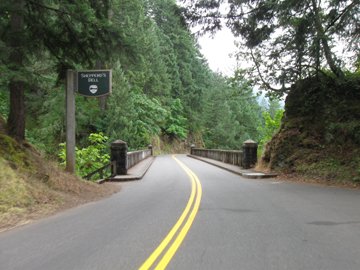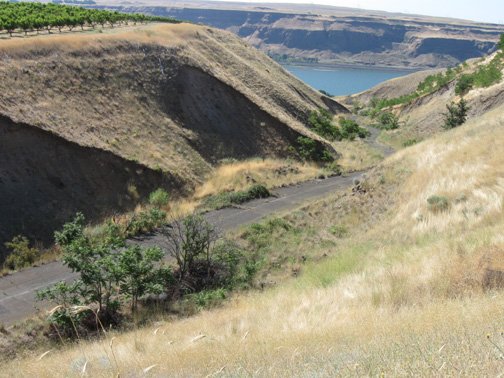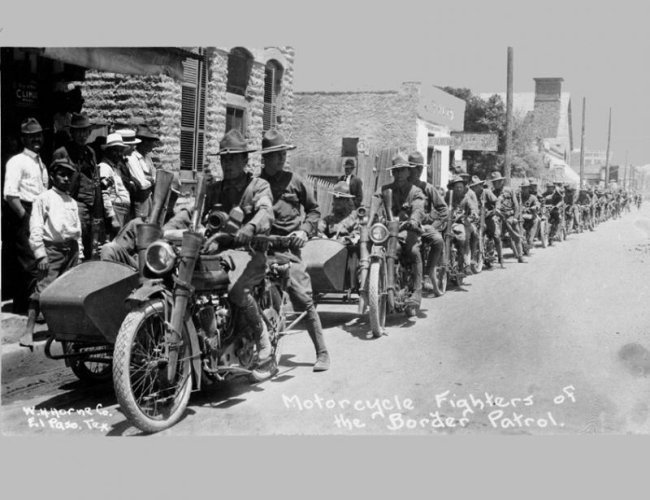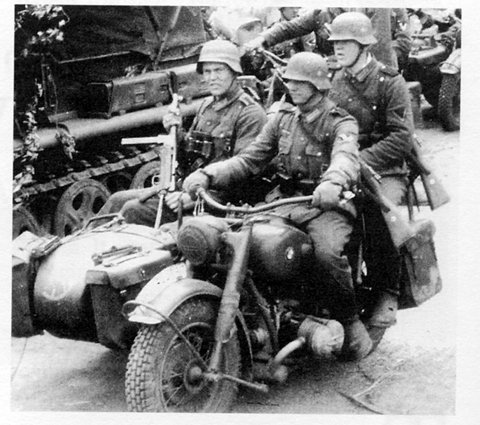grafikfeat
New member
Some great examples of sidecars through the ages...
I linked it w/ Google Translate as it is in Spanish.
Fair warning it opens w/ music, so if you are work...
The Museum.

You think your rig is uncomfortable?
I linked it w/ Google Translate as it is in Spanish.
Fair warning it opens w/ music, so if you are work...

The Museum.

You think your rig is uncomfortable?





